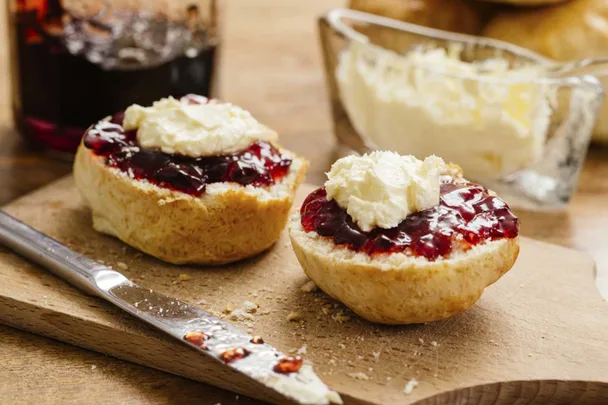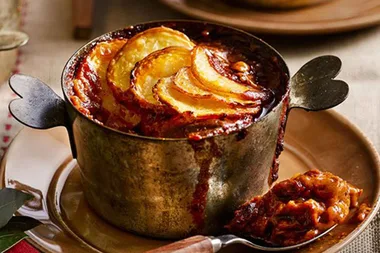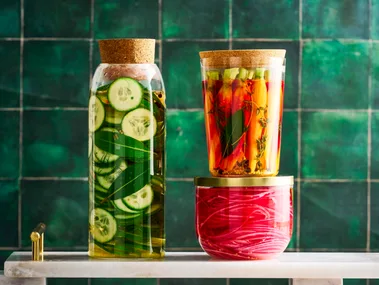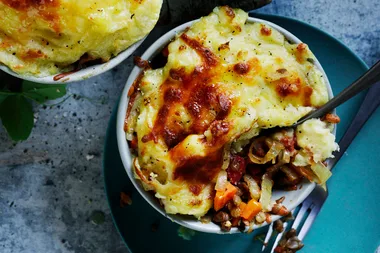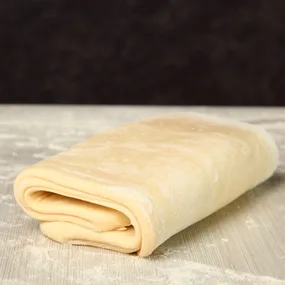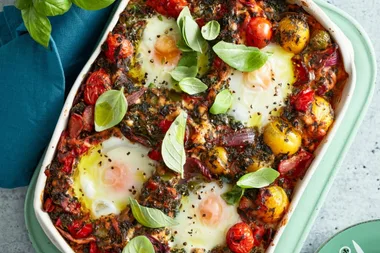It’s hard to beat a warm scone, served straight out of the oven with a dollop of jam and (preferably clotted) cream on top.
A traditional tea-time favourite, the classic scone recipe is all about honest, simple ingredients that requires a light touch.
So what else does it take to make the perfect scone?
We’ve rounded up the top 18 secret tips from the best bakers and celebrity chefs around the world, so you can whip up your own perfect dozen.
1. “Don’t twist!” says Better Homes and Gardens food editor Sarah Murphy. “When you’re cutting out your scone dough, don’t be tempted to twist the cutter as you push into the dough, simply push firmly straight down into the dough.”
2. Sarah also suggests using “light hands”. “When a scone recipe says to knead the dough, it’s not meaning with nearly as much force as when you’re kneading bread. Use light, delicate hands to gently bring the dough together on the bench to give you best results.”
3. Use enough flour (but not too much, cautions Sarah). “The bench should be well-floured before you turn your dough onto it, but don’t be tempted to start working in extra flour as you shape the dough as this will change the end result.”
4. No cutter, no worries, adds Sarah. “If you don’t have a round cutter (or have lost it like I always do…), you can still make delicious scones, simply shape your dough to a 3cm thick square and use a large floured knife to cut into even 4cm squares. The bonus is it’s also faster as you won’t need to re-shape any of the dough!”
5. Crunchy or soft? “Scones are great whichever way you have them,” says Sarah, “but if you prefer a slightly softer outside, as soon as they come out of the oven, turn your scones out of the pan straight onto a clean tea towel, then cover with another clean tea towel to cool. If you prefer slightly crispier edges, remove scones from their pan and turn onto a wire rack, uncovered, to cool.”
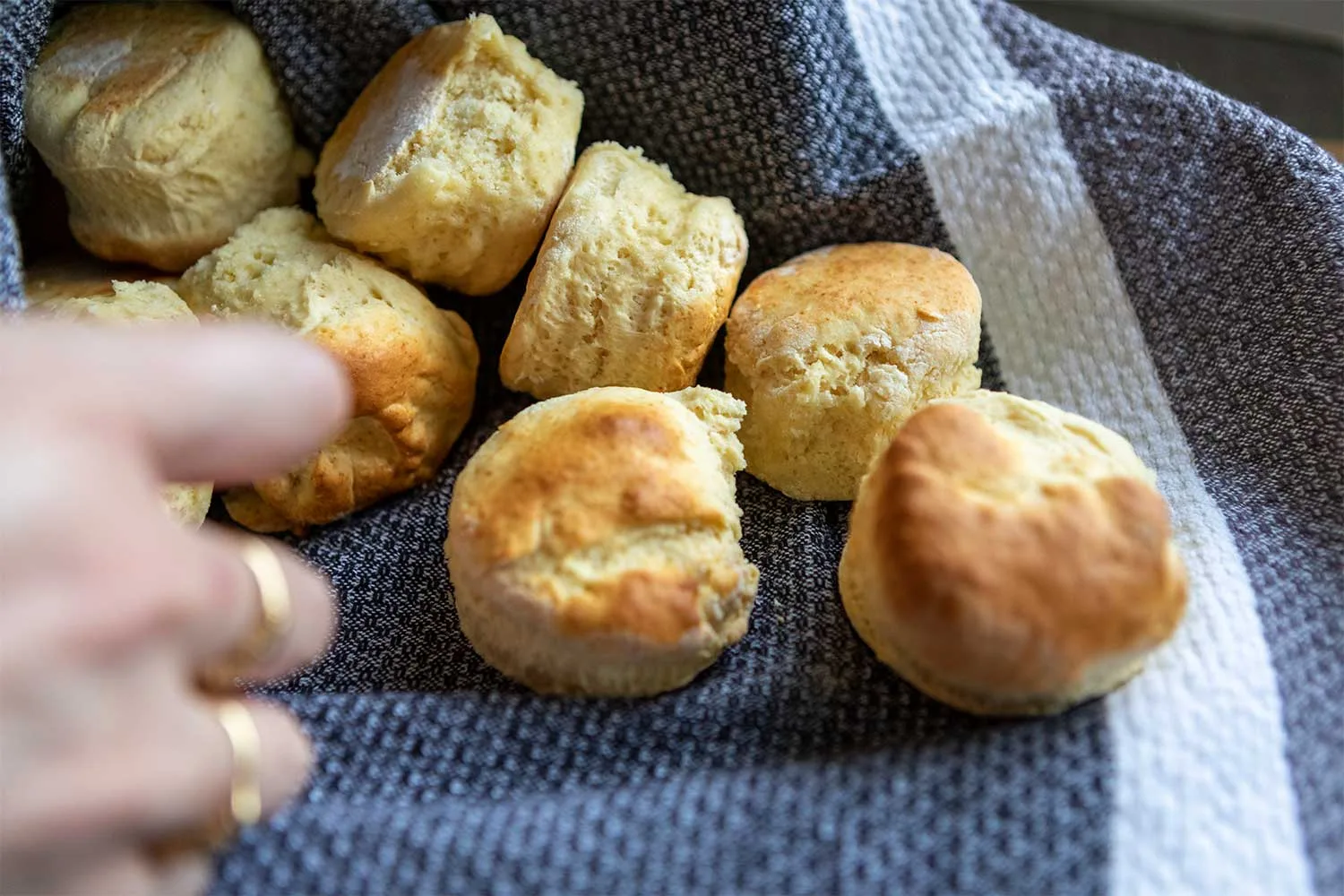
6. “If the mixture is a little dry, add more of the remaining milk gradually,” says the Queen’s former chef Darren McGrady. “You don’t want the mix too dry, or too set that it sticks to the rolling pin,” he says.
7. Jamie Oliver suggest keeping the butter in the fridge right until you need it. “Because you will be rubbing in the butter with the flour (or blitzing in a food processor), you don’t want it to be too warm and turn to a mush!”
8. Great British Bake Off judge Paul Hollywood recommends using strong bread flour, like self-raising flour, for a light and fluffy texture.
9. “Always sift the flour,” says Country Women’s Association scone judge Margaret Primmer. “Use full cream milk and cream at room temperature,” Margaret adds.
10. And “don’t fall into the trap of making them too big as they can lean or flop over,” she cautions.
11. “The secret of a good moist scone that is also light is in the proportion of raising agent to flour,” says legendary Australian baker Dan Lepard. “Use too much leavening and your scone will stand tall, but it will taste horribly of the baking powder chemicals.”
12. The secret ingredient in Better Homes and Gardens scones recipe is cream, which adds richness to the milk in the dough.
13. “Check that your baking powder (or your self raising flour) has not expired. This is the major leavening agent in your scones,” says Australian baker Lorraine Elliott of Not Quite Nigella.
14. “If you have hot hands (like me) use a food processor to mix in the butter with the flour which helps to keep everything cold. If you have cold hands then you can mix in the butter by hand,” she explains.
15. “Buttermilk makes for tender baked goods. The acidity in buttermilk breaks down the gluten strands so that they are softer,” she adds.
16. “Place the scones close together on the baking tray so they rise upwards, not outwards,” suggests CWA memer Gloria Hyatt. And “cook them in the hottest part of the oven,” she says.
17. Celebrity chef Mary Berry’s advice? “The scone dough should be slightly sticky to give the best results,” she says.
18. “Don’t be tempted to roll it out too thinly or you won’t get good deep scones,” she adds.
You might also like:
How to eat scones: Jam or cream first?
